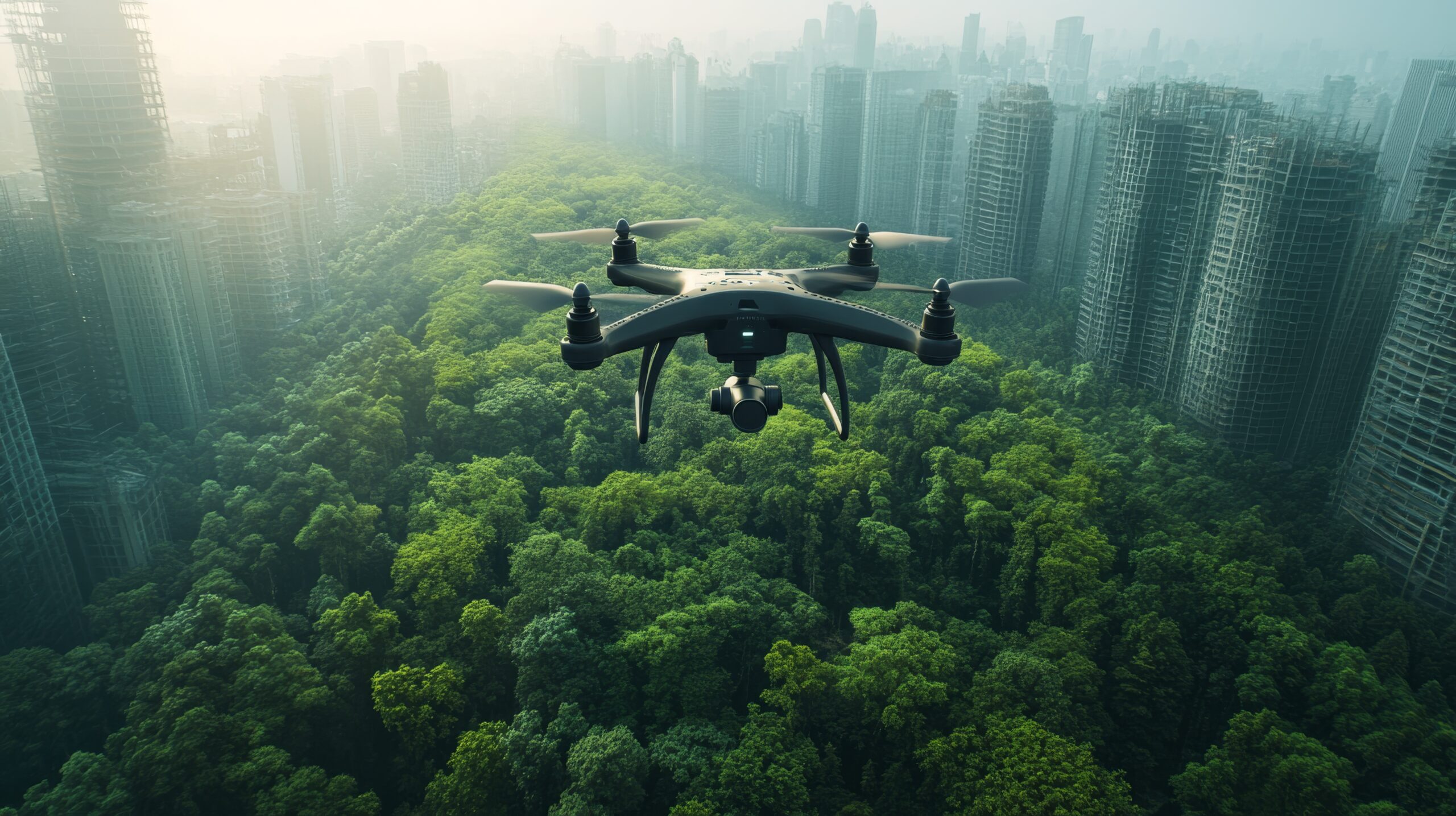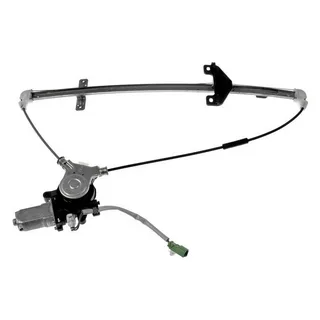In recent years, agricultural technology has been evolving at a rapid pace, and one of the most innovative advancements is the use of drones in farming. Agricultural drones, or “ag drones,” are transforming the way farmers in Alabama approach crop management, monitoring, and precision agriculture. These high-tech tools are equipped with cameras, sensors, and GPS systems, allowing them to collect valuable data that can enhance crop yields, reduce costs, and optimize farm operations. In Alabama, where agriculture plays a vital role in the state’s economy, the integration of drones offers exciting possibilities for farmers to improve productivity and sustainability.
This blog will delve into the benefits, applications, and future potential of agricultural drones in Alabama, shedding light on how this technology is changing the landscape of farming in the state.
What Are Agricultural Drones?
Agricultural drones are unmanned aerial vehicles (UAVs) specifically designed for use in farming. These drones are equipped with various sensors, including multispectral and thermal imaging cameras, that can capture high-resolution images and videos of crops. Drones can fly over fields, collecting data at various altitudes and angles, enabling farmers to gain detailed insights into their crops’ health, growth stages, and overall conditions.
Drones in agriculture are used for a variety of purposes, including:
- Field Mapping and Surveying: Drones provide farmers with detailed, real-time maps of their fields. These maps help farmers analyze crop variability and manage resources more effectively.
- Crop Monitoring: By capturing high-resolution images, drones help farmers monitor crop health, detect disease or pest outbreaks, and evaluate irrigation needs.
- Spraying and Fertilization: Drones can be used to spray pesticides, herbicides, and fertilizers precisely, reducing chemical waste and improving application efficiency.
- Yield Estimation: Drones can also help farmers estimate crop yields, allowing for better planning and marketing decisions.
The Rise of Agricultural Drones in Alabama
Alabama is an agricultural powerhouse, known for producing a variety of crops, including cotton, peanuts, soybeans, corn, and rice. The state’s diverse agricultural industry is increasingly adopting technological innovations to enhance productivity and sustainability. Agricultural drones are one of the key technologies being embraced by farmers in Alabama.
According to recent reports, Alabama’s farmers have been quick to recognize the benefits of incorporating drones into their farming practices. From large-scale commercial farms to smaller family-owned operations, drones are becoming an essential tool for improving crop management and reducing operational costs. The growing popularity of drones in agriculture is a direct response to the challenges that farmers face, such as climate change, labor shortages, and the need for greater efficiency.
Key Benefits of Agricultural Drones in Alabama
The use of drones in farming in Alabama brings numerous benefits, ranging from cost savings to increased productivity. Below are some of the most significant advantages of agricultural drones for Alabama’s farmers:
1. Precision Farming for Better Yields
Drones enable precision farming, which involves using data-driven insights to make informed decisions about crop management. By capturing high-resolution images and multispectral data, drones help farmers identify areas of their fields that require attention. For example, drones can pinpoint sections of a field with poor soil health, pest infestations, or irrigation issues. This allows farmers to apply the necessary treatments in a targeted manner, reducing waste and improving overall crop yields.
2. Cost-Effective Monitoring and Management
Traditionally, farmers had to rely on manual labor or satellite imagery to monitor large expanses of farmland. Agricultural drones, however, are much more cost-effective. Drones can cover large areas in a short amount of time, collecting valuable data at a fraction of the cost of other methods. This makes them an affordable option for small- and medium-sized farms in Alabama, allowing them to compete with larger operations.
3. Real-Time Data Collection and Decision Making
One of the most valuable aspects of agricultural drones is their ability to provide real-time data. Unlike traditional methods, such as waiting for periodic satellite imagery or sending workers out to inspect fields, drones can fly over crops and gather information instantly. This enables farmers to make timely decisions about irrigation, fertilization, pest control, and harvest planning.
4. Improved Crop Health and Disease Detection
Drones equipped with multispectral and thermal cameras can identify early signs of crop stress, such as nutrient deficiencies, disease, or pest infestations. This early detection is crucial for preventing widespread crop damage. By spotting problems early, farmers can take corrective actions, minimizing the need for expensive treatments and improving crop health overall.
5. Enhanced Sustainability
In Alabama, as well as across the country, sustainability is a growing concern in agriculture. Agricultural drones contribute to sustainability by promoting more efficient use of resources. For instance, drones can ensure that irrigation is applied only where it’s needed, preventing water waste. Similarly, drones help farmers apply fertilizers and pesticides precisely, reducing the overall amount of chemicals used and minimizing their environmental impact.
Applications of Agricultural Drones in Alabama
The versatility of agricultural drones makes them suitable for a wide range of applications in Alabama’s farming industry. Here are some of the key ways in which drones are being used:
1. Crop Health Monitoring
Drones are used extensively to monitor crop health in Alabama. By capturing multispectral images, drones can provide farmers with detailed insights into crop conditions, including plant health, soil moisture levels, and growth rates. These insights allow farmers to take proactive measures, such as adjusting irrigation schedules or applying nutrients to areas that need them most.
2. Pest and Disease Detection
Early detection of pests and diseases is critical to preventing crop loss. Drones equipped with thermal and multispectral sensors can identify stress patterns in crops that may indicate the presence of pests or diseases. By addressing these issues early on, farmers can minimize the use of pesticides and reduce crop damage, leading to healthier crops and higher yields.
3. Precision Irrigation
Water management is essential in Alabama’s agricultural landscape, especially during the hot summer months. Drones can be used to assess the moisture levels in soil, helping farmers optimize irrigation schedules. By identifying areas that are overwatered or underwatered, drones enable farmers to adjust irrigation practices and ensure that water resources are used efficiently.
4. Fertilization and Chemical Application
Drones can be used to apply fertilizers, herbicides, and pesticides precisely where they’re needed. This targeted application reduces chemical waste and ensures that the right amount of chemicals are applied to the right areas of the field. In Alabama, where the agricultural industry is highly dependent on efficient chemical use, drones offer a solution for reducing both costs and environmental impact.
5. Crop Mapping and Field Scouting
Drones provide farmers with highly accurate maps of their fields. These maps can be used for field scouting, helping farmers track changes in crop growth, identify areas that require attention, and plan harvest schedules. Field mapping is also useful for determining soil health and for planning future planting and crop rotation strategies.
Challenges and Considerations for Agricultural Drones in Alabama
While agricultural drones offer a wealth of benefits, their adoption does come with certain challenges and considerations. Farmers in Alabama should be aware of the following factors:
1. Initial Investment and Maintenance Costs
Although drones are becoming more affordable, the initial investment can still be significant. Farmers need to purchase the drone, as well as any necessary accessories such as sensors and software. Additionally, maintenance and repair costs can add up over time. However, given the long-term benefits of improved efficiency and yields, many farmers consider the investment worthwhile.
2. Regulatory Compliance
Drones are subject to regulations set by the Federal Aviation Administration (FAA). Farmers in Alabama must ensure they are in compliance with FAA rules, which include guidelines for drone flight altitudes, no-fly zones, and operator certification. Staying informed about these regulations is essential for avoiding fines and ensuring safe drone operation.
3. Training and Expertise
Operating an agricultural drone requires a certain level of technical expertise. Farmers must learn how to fly the drone, interpret the data, and analyze the information effectively. While drone technology is becoming more user-friendly, farmers may still need training or support to get the most out of their drone systems.
4. Weather Conditions
Alabama’s weather can be unpredictable, with heavy rains, high humidity, and occasional storms. These conditions can impact drone flights and data collection. Farmers need to plan drone operations carefully and ensure that they are flying their drones in optimal weather conditions for accurate results.
The Future of Agricultural Drones in Alabama
The future of agricultural drones in Alabama looks bright. As drone technology continues to advance, the capabilities of these machines will only expand. Future developments may include improved sensors for even more accurate data collection, autonomous drones that can perform tasks without human intervention, and enhanced software for better analysis and decision-making.
Moreover, as more farmers in Alabama embrace drones, the technology will likely become more accessible and affordable, allowing even smaller operations to reap the benefits of precision agriculture. The continued integration of drones into Alabama’s farming practices will help the state’s agricultural industry become more efficient, sustainable, and competitive in the global marketplace.
Agricultural Drones in Alabama
Agricultural drones are revolutionizing farming practices in Alabama, offering farmers the tools they need to increase efficiency, improve crop health, and enhance sustainability. From monitoring crop conditions to optimizing irrigation and fertilization, drones provide a wealth of benefits that are helping farmers thrive in an increasingly competitive and challenging environment. As drone technology continues to evolve, Alabama’s farmers are poised to harness the full potential of this innovative tool, ensuring the future of agriculture in the state remains strong and sustainable.




